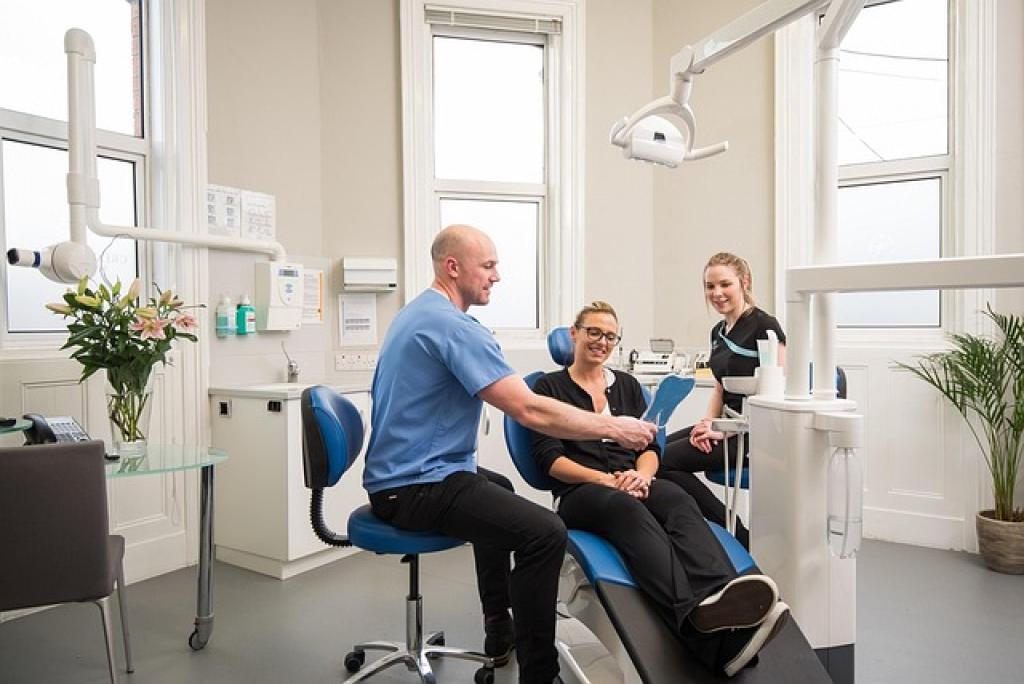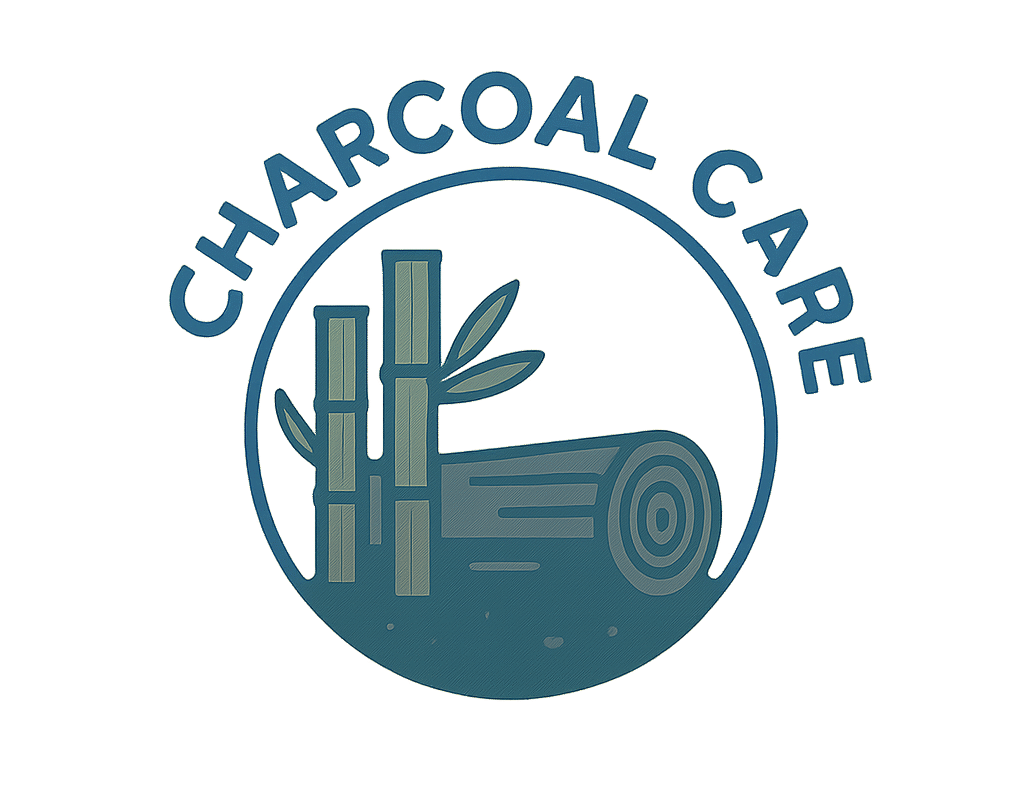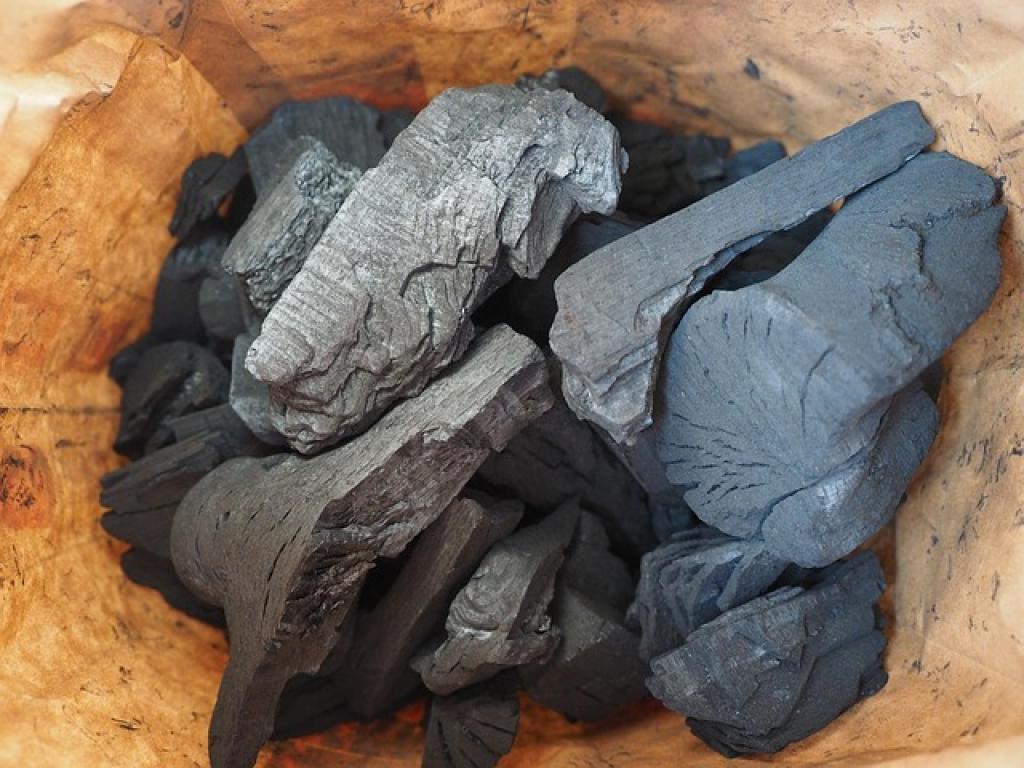Everyone loves a bright, confident smile, but teeth whitening can often feel like a daunting undertaking with so many options out there. The quest for pearly whites often leads us to two intriguing contenders: baking soda and activated charcoal. Both are beloved by fans for their natural abilities to polish away stains and discoloration, but which one reigns supreme?
Baking soda, or sodium bicarbonate, has been a household staple for years, famed for its mild abrasiveness and capacity to scrub away plaque. On the other hand, activated charcoal, with its detoxifying allure, promises to attract and bind toxins, leaving teeth looking whiter.
In this battle for a brighter smile, we’ll delve into the benefits, potential side effects, and real-life results of using baking soda versus charcoal. Get ready to explore which of these popular, natural ingredients might be your new go-to for teeth whitening!
Baking Soda Vs Charcoal: What Are They?
When it comes to natural alternatives for whitening teeth, understanding what you’re using can be as crucial as the results they promise. Let’s take a closer look at these two popular substances.
What is Baking Soda?
Baking soda, or sodium bicarbonate, is a white, crystalline powder with alkaline properties. It’s commonly used in baking, but its fine, gritty texture also makes it an effective mild abrasive. This abrasive quality helps buff away surface stains on teeth, making it a handy tool in your oral care arsenal.
What is Activated Charcoal?
Activated charcoal, on the other hand, is a fine black powder made from coconut shells, wood, or other natural sources. What sets it apart is its porous nature, which means it can bind to toxins and stains. This binding action is what enthusiasts claim helps lift stains from the surface of teeth.
Both these ingredients have crossed over from culinary and health realms into the world of dental care. Each offers unique properties that make them worth considering for anyone aiming to brighten their smile naturally. Understanding these basics helps you make an informed decision on where to start your teeth-whitening journey.

Effectiveness for Teeth Whitening: A Comparison
When evaluating baking soda and charcoal for teeth whitening, understanding their effectiveness is crucial. How do they stack up when it comes to actually delivering that bright smile?
Baking soda is praised for its ability to remove surface stains. It works mainly through its abrasive nature, which can gently polish the teeth and break down food particles and bacterial plaque. Regular use may gradually result in visibly whiter teeth, but patience is key as it typically won’t produce overnight results.
Activated charcoal’s main allure lies in its supposed adsorptive capabilities. Many users report seeing a shade difference after just a few uses, thanks to its ability to lift external stains. However, there’s limited scientific evidence supporting these claims, and results can vary widely from person to person.
Both methods have their proponents, but neither is a miracle worker. They generally provide modest improvements and are at their best when part of a comprehensive oral hygiene routine. For those seeking dramatic whitening effects, professional treatments remain the gold standard. Nevertheless, for a natural, gentle lift in brightness, both baking soda and charcoal have their own merits that might just fit your needs.
Potential Risks and Side Effects
While the promise of whiter teeth is appealing, it’s important to weigh potential risks associated with using baking soda and charcoal in your oral care routine.
Baking soda, though generally safe, can be abrasive if used too vigorously or frequently. Over time, this abrasiveness may wear down tooth enamel, leading to increased sensitivity and a higher risk of cavities. It’s best used intermittently and with a gentle touch to avoid these issues.
Activated charcoal, with its gritty texture, also poses a risk of enamel erosion. Additionally, there’s concern about charcoal particles getting trapped in gums, which could lead to irritation or even infection if not thoroughly rinsed away.
Both substances may seem beneficial for a quick fix, but moderation is key. Consulting with a dental professional before starting any new whitening regimen can help ensure that your quest for a brighter smile doesn’t compromise your dental health. Keeping these considerations in mind will help you make a safer, more informed choice.
Usage Recommendations and Precautions
To ensure you’re making the most of baking soda and charcoal for teeth whitening, it’s important to follow some simple usage guidelines and precautions.
For baking soda, a little goes a long way. Mix it with a small amount of water or toothpaste to form a paste, and apply gently with your toothbrush. Limit this routine to once or twice a week to prevent enamel wear. Always rinse thoroughly afterward and monitor your teeth for any sensitivity.
When opting for activated charcoal, remember less is more. Use a soft-bristle toothbrush, applying the charcoal in circular motions. This helps minimize abrasion while ensuring even coverage. Like baking soda, it’s best to restrict usage to a couple of times per week and rinse thoroughly to remove any residue.
Don’t forget to consult your dentist before diving into either method, especially if you have pre-existing dental concerns. Professional guidance can provide personalized recommendations to suit your unique dental profile, ensuring safe and effective results. Keeping dental health at the forefront of any whitening routine is the best way to keep your smile bright and healthy for the long haul.
The Bottom Line: Making the Right Choice
At the end of the day, choosing between baking soda and charcoal for teeth whitening depends largely on personal preference and individual needs. Both have their pros and cons, and understanding these can help you make an informed decision.
Baking soda is a time-honored remedy, celebrated for its ability to gently polish teeth and combat surface stains. It’s a tried-and-true option for those who prefer a simple, low-cost addition to their dental care routines. However, its abrasive nature means caution is necessary to protect your enamel.
In contrast, activated charcoal offers a trendier, modern approach with promises of lifting stains through adsorptive properties. Its rising popularity is a testament to its appeal, but its potential risks, such as enamel wear and gum irritation, should not be overlooked.
Ultimately, if you’re seeking modest improvements and prefer natural methods, either option can be beneficial when used correctly and sparingly. It’s also worth remembering that while DIY methods can enhance your smile, they’re best combined with regular dental visits and professional advice for optimal oral health.
Listening to your teeth and reacting promptly if you notice any discomfort or adverse effects is crucial. Whether you choose baking soda, activated charcoal, or even a mix of both, a well-rounded dental care regime will always serve you best in your journey to a brighter smile.

